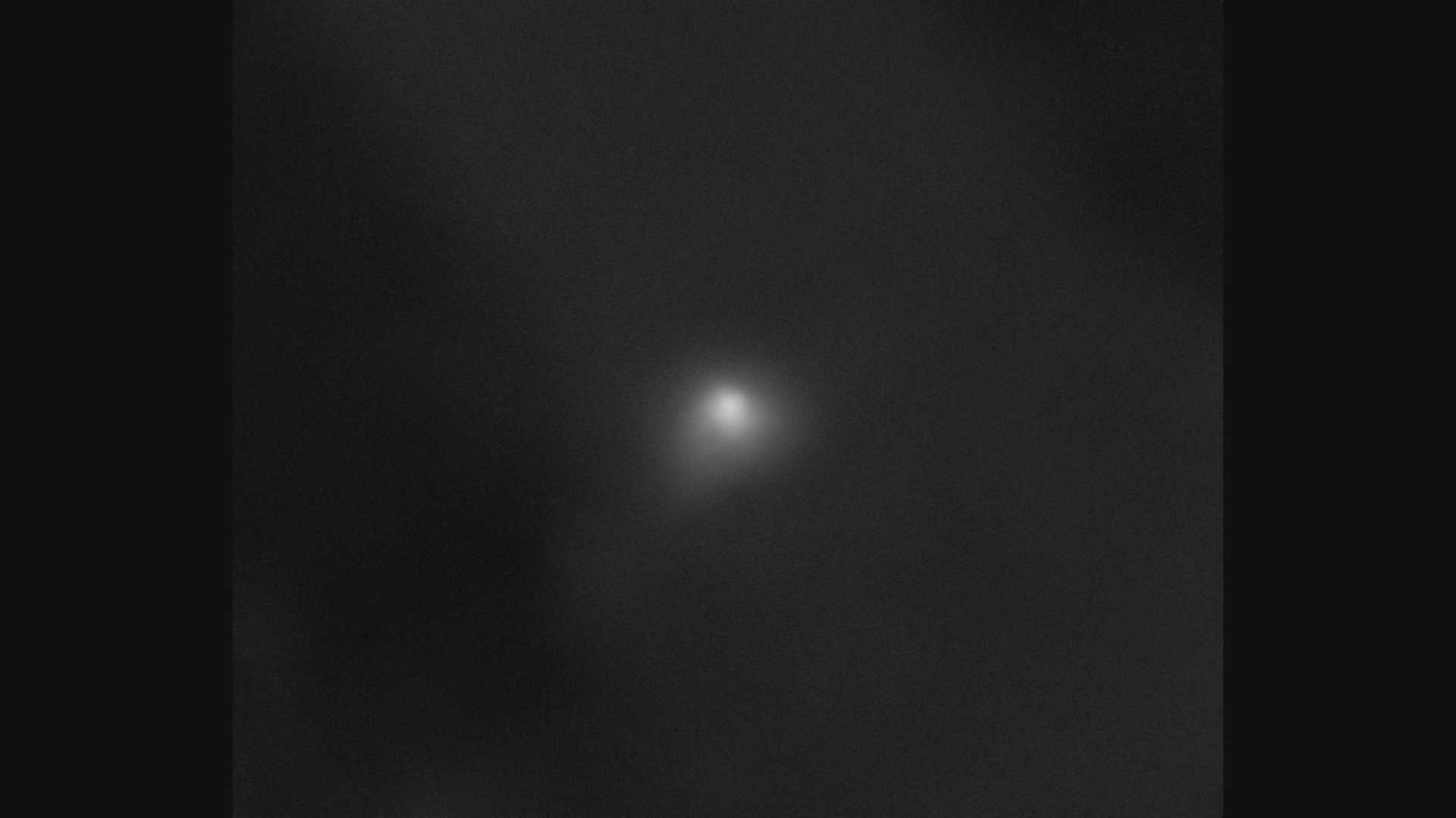News
NASA’s Interstellar Comet Images Reveal Wonders of 3I/ATLAS

WASHINGTON, D.C. — NASA held a press conference on November 19, 2025, showcasing stunning images of Comet 3I/ATLAS, discovered in July 2025. The comet is the third known object from another star system to enter our solar neighborhood.
During the event, NASA officials confirmed that 3I/ATLAS poses no threat to Earth and is not an alien spacecraft, despite rumors circulating on social media. “This comet is a scientific marvel, and helps us understand the formation of planetary systems,” said Nicky Fox, NASA’s Science Mission Directorate Associate Administrator.
Images collected by NASA’s Mars Reconnaissance Orbiter, Hubble Space Telescope, and James Webb Space Telescope revealed the comet’s icy nucleus and plume of gas, known as a coma. In October, the comet made its closest approach to the Sun and was known to be traveling at speeds of approximately 153,000 miles per hour.
3I/ATLAS passed within 19 million miles of Mars on October 3, 2025, providing several Mars missions the opportunity to document it. The ExoMars Trace Gas Orbiter captured images showing the comet as a “slightly fuzzy white dot,” amidst a backdrop of streaked stars.
The comet’s trajectory hinted that it likely originated from a much older solar system, perhaps over 7 billion years old. Scientists continue to analyze data to understand its origins and the unique composition of this ancient interstellar traveler.
<p"We are fortunate to have multiple spacecraft observing 3I/ATLAS as it leaves our solar system. Our observations today provide a glimpse into the conditions that might exist around other stars," said Amit Kshatriya, NASA Associate Administrator.
As 3I/ATLAS continues its journey, it is expected to make its closest approach to Earth on December 19, 2025, at a distance of about 168 million miles. Despite its remoteness, the comet remains a significant object of study.












